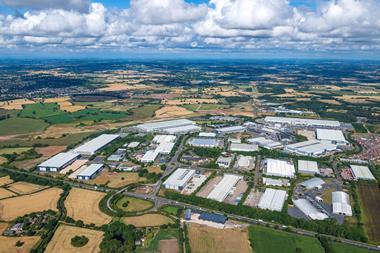IRELAND - The National Asset Management Agency (NAMA) has given reassurances that it will not be forced into selling troubled real estate assets that could potentially destabilise the Irish real estate market.
NAMA was set up by the Irish government to acquire and manage loans associated with land and development from five domestic banks.
But Ronnie Hanna, head of credit and risk at NAMA, said the organisation would seek to help stabilise the Irish property market by taking up to a decade to dispose of assets.
"NAMA is part of the solution to the current difficulties in the Northern Ireland market," Hanna told delegates at the Northern Ireland Housing Sector Conference in Belfast this week.
"NAMA is an asset management vehicle and, contrary to how it is portrayed in some quarters, it is not a 'toxic bank'.
"We have the capacity to take a longer term view of the loans we take on, if it makes commercial sense, and our timeframe is to manage and realise the loans and the property held as collateral for the loans over a 7 to 10 year time period."
Hanna said NAMA's financial return from the loans it acquired must take into account the cost of acquiring the loan, NAMA's associated costs and its cost of capital.
"NAMA has a neutral view on all markets including the Northern Ireland property market and we have no interest in hoarding assets longer than necessary," he said.
"We will work with debtors if it makes commercial sense, but debtors must submit a business plan which includes a realistic repayment schedule and we require full co-operation and full disclosure from debtors. Debtor co-operation and capability is key."
The nominal value of Northern Ireland loans that NAMA has acquired from some 180 debtors is approximately €4bn, representing 5% of NAMA's total loan portfolio.
Undeveloped land accounts for €2.4bn, investment properties €1.2bn, and property and land under development €400m.
The majority, roughly 60%, of the Northern Ireland portfolio comprises land that is not under development, 29% represents commercial investments, 10% land under development and 1% residential development.












